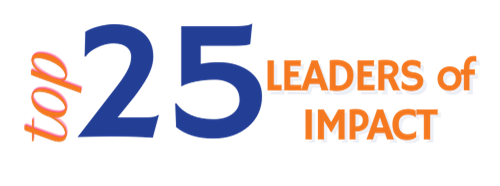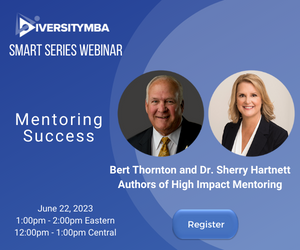 Persons with disabilities are the world’s largest minority; 15-20 percent of every country’s population is persons with a disability. However, an estimated 35 percent of the U.S. population, aged 21-64 years, has a disability. People are working longer and retiring later and this has a direct impact on the growing workforce of people with disabilities.
Persons with disabilities are the world’s largest minority; 15-20 percent of every country’s population is persons with a disability. However, an estimated 35 percent of the U.S. population, aged 21-64 years, has a disability. People are working longer and retiring later and this has a direct impact on the growing workforce of people with disabilities.
There is a both a business case and a talent case why more attention should be paid to this group. According to Nielsen, persons with disabilities are the largest consumer group that transcends all cultures. And the gap that exists in talent acquisition is that the uniqueness of talent that persons with disabilities bring should be recognized and nurtured.
Below are 10 things you should know about recruiting persons with disabilities:
ü Up your on boarding process: It is a best practice to have persons with disabilities feel better about your company’s self-identification process;
ü Over 65 percent of persons with disabilities are of working age but only 17.6 percent are employed;
ü Companies need to understand the difference between self-identification and full disclosure so that appropriate and accurate communication is established;
ü 85 percent of companies have recruiters trained with regard to legislation related to persons with disabilities, while only 25 percent of companies provide specific diversity training for recruiters;
ü The best practice is to provide recruiters with more specific training beyond legal requirements to broaden their lens to ensure equity in the process;
ü 80 percent of companies partner with organizations to support disability hiring, yet less than 2 percent are hired and many companies do not track their efforts;
ü Best-practice sourcing includes tools-specialized websites so persons with disabilities can find the right opportunities;
ü 68 percent of companies have employee resource groups for persons with disabilities, but 54 percent of companies leverage employee resource groups in both campus and professional recruiting efforts;
ü 80 percent of high school students with disabilities desire to attend college; 60 percent actually apply to college; and an astounding 40 percent drop out because they do not know where to go for support to get in college or stay in college;
ü Establishing a formal partnership with student groups on college campuses is low-hanging fruit for developing a pipeline for students with disabilities.
So there you have it. Hopefully, these insights from DMBA inclusive leadership index and other sources will expand your thinking on what else could be done to ensure more access is offered to persons with disabilities.
One of my favorite quotes is, “If you do nothing, nothing changes.” Just realize that change can be taking place every single day.









